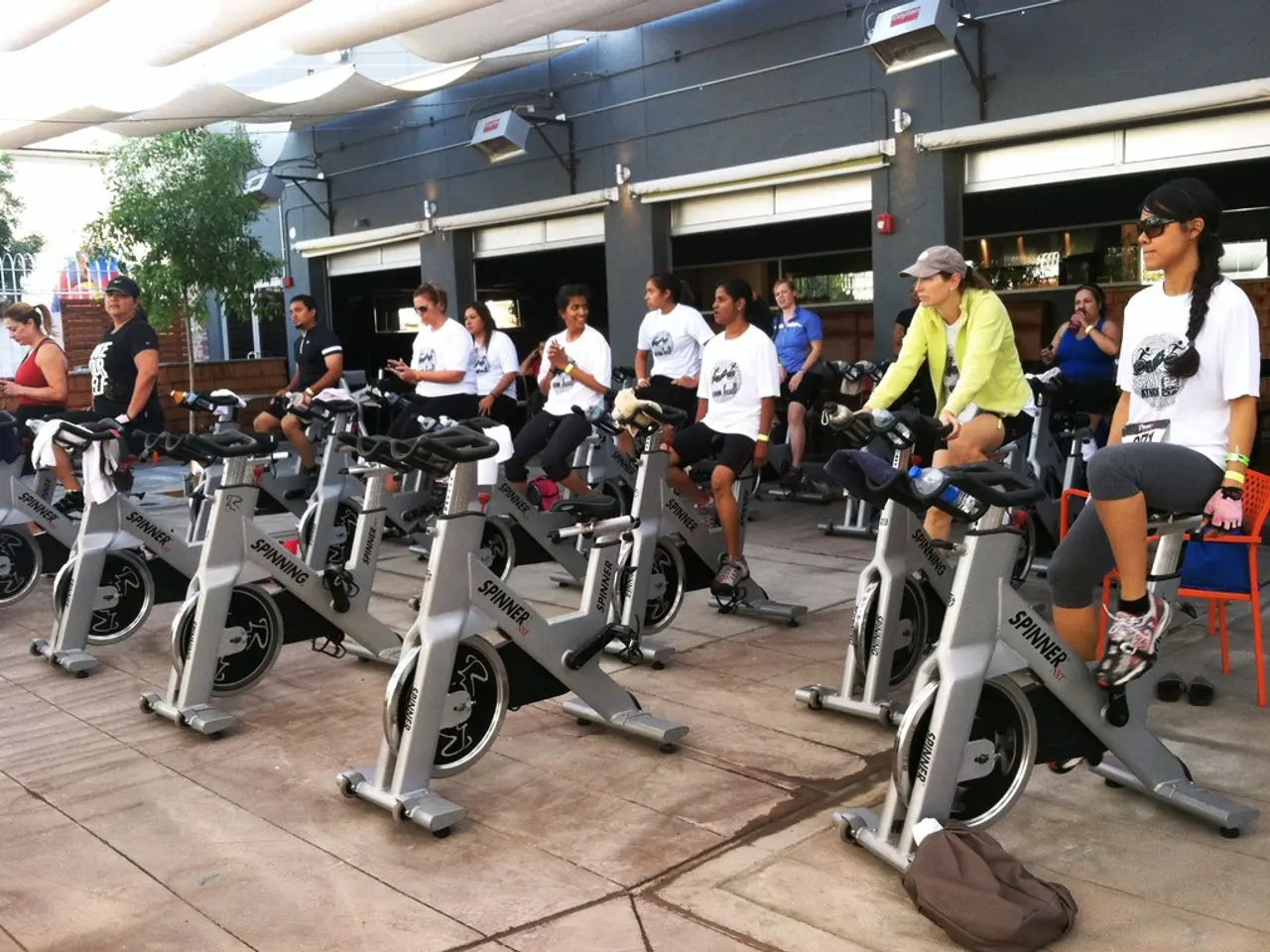Daily 100 Sit-ups: Bodily Transformations (Severe Edition) - Daily sit-ups routine: Changes occurring within the body
In a self-experiment, author Alexandra Kraft embarked on a 100-day journey of daily sit-ups, aiming to transform her body. This experiment, published in February 2023 in the Stern archive, was inspired by the enthusiasm around fitness activities and the desire for change.
Kraft's article, titled "Self-Experiment: 100 Sit-ups Every Day - How Abdominal Training Transforms the Body," highlights the potential benefits of consistent abdominal training. One key takeaway is that a 100-day sit-up regimen can strengthen and make the abdominal muscles more enduring, contributing to improved core stability and posture.
However, it's essential to note that sit-ups alone will not directly reduce belly fat. Fat loss is a systemic process influenced by various factors, including genetics, hormones, and overall body composition.
Despite this, personal experiences and reports from similar challenges suggest that consistent effort over such a period can lead to visible body transformation around the midsection. This transformation is likely due to a combination of muscle development and overall fat loss from increased physical activity and possibly improved diet.
When starting such a regimen, muscle soreness is common due to delayed onset muscle soreness (DOMS). Over time, the body adapts, and soreness typically diminishes as muscles become conditioned to the workload. However, it's crucial to manage the routine properly to avoid overuse injuries.
In summary, a 100-day daily sit-up regimen:
- Strengthens core muscles, including the rectus abdominis and hip flexors.
- Supports better posture and body control.
- Does not cause spot reduction of belly fat but may contribute to visible abdominal improvement when combined with overall fat loss.
- Likely produces muscle soreness initially, which decreases with adaptation.
- Requires care to avoid overtraining.
While direct long-term clinical studies specifically on 100-day daily sit-ups were not found, these conclusions are consistent with expert opinions and anecdotal self-experiments. If you're considering a similar challenge, remember that new goals without heart and soul won't be successful, and reason alone might not keep you motivated. Instead, find inspiration in your own enthusiasm and the support of those around you.
The community policy for vocational training in health-and-wellness could potentially include a curriculum on fitness-and-exercise, with a focus on self-experiments like the 100-day sit-up challenge detailed by Alexandra Kraft, providing valuable insights into the effects of abdominal training on the body. One could also envision a vocational training program in science, where students learn about the physiological changes occurring during such exercises, helping individuals to make informed decisions about their health and wellness.







